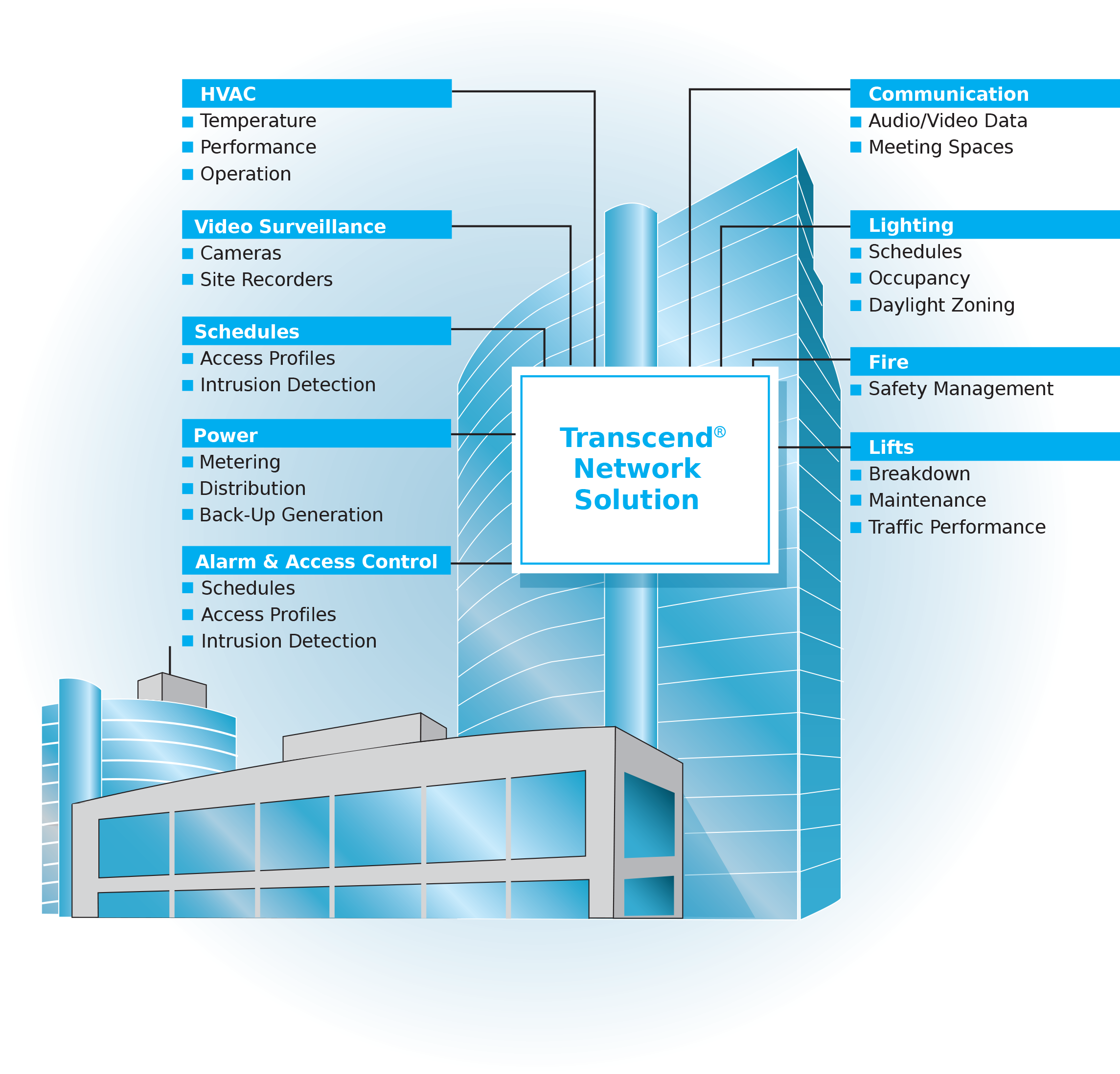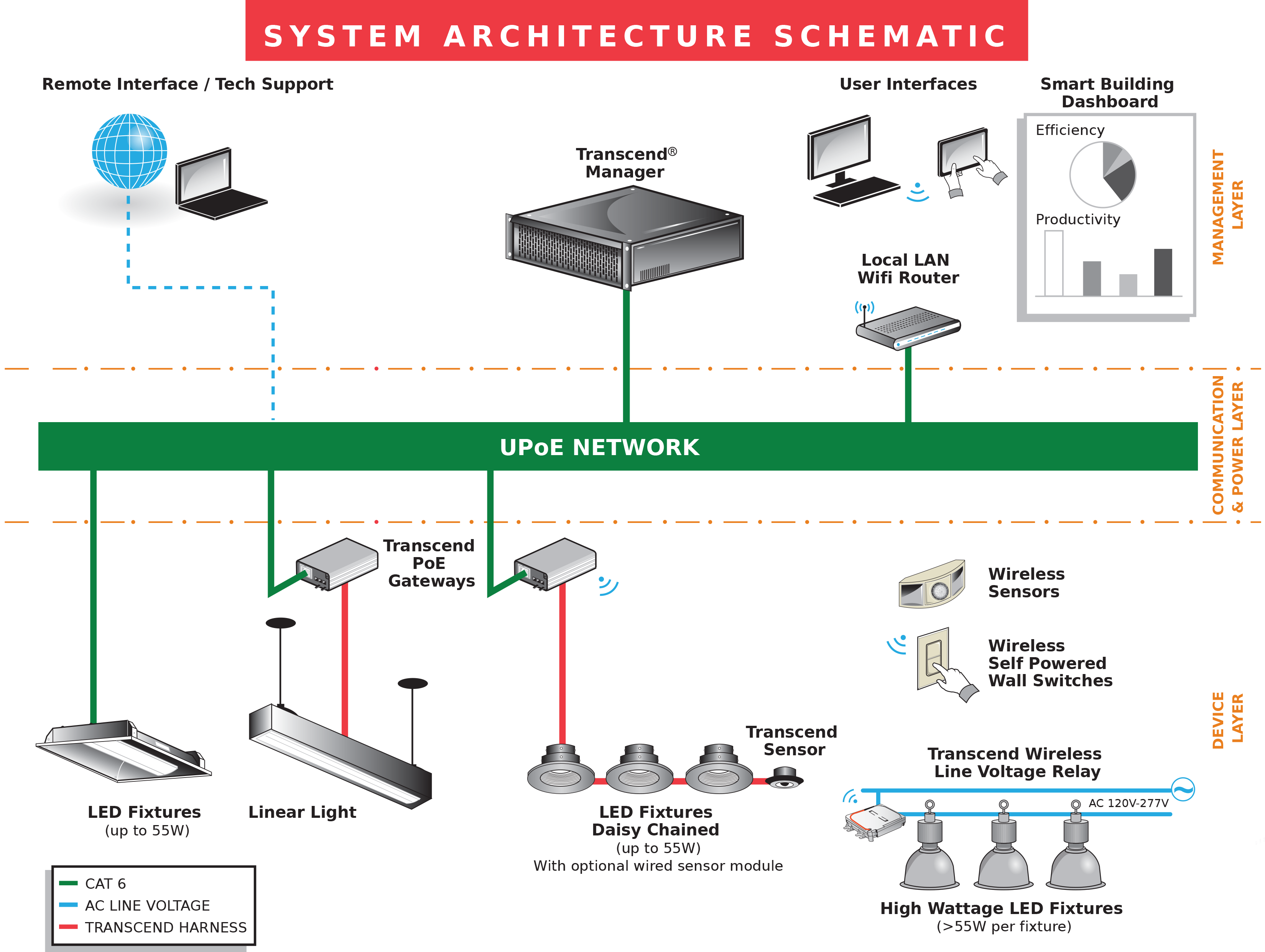Network Connected Lighting: Ready for a Breakout Year
The use of network connected LED lighting in commercial buildings is growing rapidly, and several large-scale projects are getting underway in 2016. These new systems are more affordable and efficient than their predecessors and are driving concepts such as the smart building and the Internet of Things (IoT).
While still in an early stage, LED penetration in commercial buildings is rapidly expanding. More LED fixtures are being used in commercial buildings and this is accelerating interest in network connected lighting, a controlled system that not only improves efficiency but also provides better light quality, smoother intensity/dimming control, and dynamically adjustable color temperature. For people in commercial buildings, this means a more comfortable working environment and more interactive and purposeful lighting and spaces.

Network connected lighting requires a centralized, software-based control system that coordinates all the lighting system elements, including luminaries, sensors, actuators and other devices. With its granularly distributed sensor system, a lighting network can produce data that drives real-time energy usage reporting, sensor-based occupancy reporting, light status and environmental monitoring.
“Being seamless” is a key component needed to make widespread use of network connected lighting a reality. For example, the installation, configuration and commissioning process must be fast, simple and standardized. Also, the software used to control network connected lighting systems must be intuitive and user friendly. To date, most installed lighting controls are based on proprietary solutions, but the industry needs open standards and interoperable systems that can simplify integration with the rest of the building automation network.

Through the development of new products, new applications and use cases that are supported by more efficient standards, network connected lighting is rapidly becoming a key part of commercial building design, and companies that create enabling technology for this new technology will help drive the industry through the transition. The digitalization process is occurring rapidly. IT and building automation, once distant worlds, are now connected. Already, lighting architects, electricians, MEPs, installers, and low-voltage power and data specialists are showing great enthusiasm for network connected lighting systems. It appears that 2016 is the year the concept is really beginning to shine.
For more information: visit www.transcendled.com
This blog is based on a feature article published in the March/April 2016 issue of LED professional Review